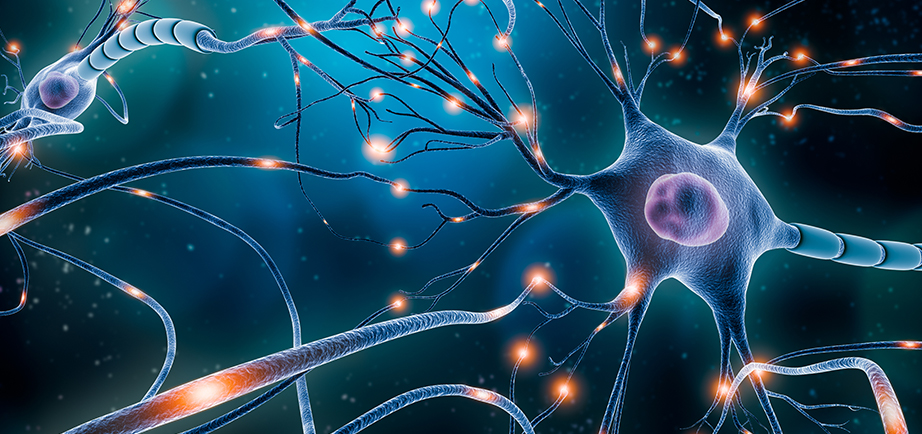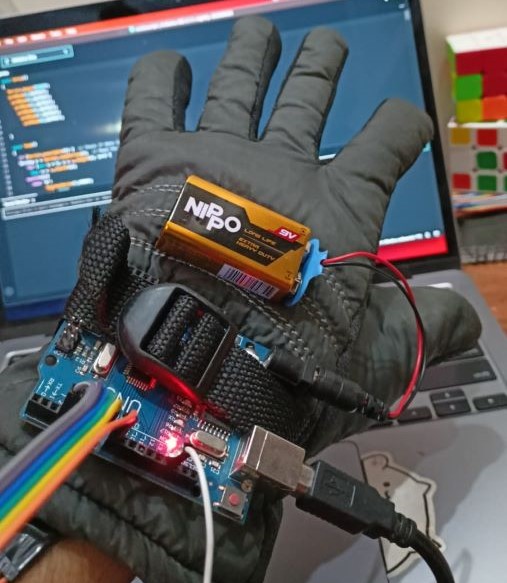SenseSync is a groundbreaking communication device that converts text or digital content into precise patterns of vibrations. Our highly adept brain excels at processing information and can extract meaning from these designated vibrations, which are delivered through specially designed gloves. These gloves have the remarkable ability to function with any type of input provided to them. However, for this particular project, we have chosen text as the primary input due to its ease of processing. By introducing SenseSync, we are opening up an unprecedented realm of possibilities for our brain to engage with the environment in entirely novel ways.

A Research conducted by David M Eagleman shows Perceiving information through the skin using vibrotactile wearable devices can be beneficiary in a broad spectrum of applications for visual and/or hearing-impaired users by utilizing sensory substitution where a sensory modality e.g., vision or auditory is captured, processed and then transmitted to a user via vibrotactile stimuli. The research paper presents evidence supporting the hypothesis that arbitrary symbol-based messages transmitted using vibrotactile wearable.
In the initial stages, we had to determine the optimal body part to mount our device. After careful consideration, we unanimously chose the hands as the input interface, and our entire model would be housed within a glove. To tackle this challenging task, we relied on our trusted companion, Arduino, known for its convenience and user-friendly nature. With the objective of assigning vibration patterns, we brainstormed extensively. Ultimately, we decided to adopt Braille as the primary language for output patterns on the skin. Leveraging Braille, an established and widely recognized language, facilitated our work significantly. Next, we prepared the circuit by fixing the vibromotors onto a breadboard, which would then be connected to the Arduino. Once we ensured the readiness of our Arduino and circuit, we delved into coding the electronic components. Hours of diligent coding, testing, and refining our elegant lines of code ensued. To minimize the risk of potential mishaps, we initially simulated the code using software such as Tinkercad before executing it on the Arduino. Subsequently, we meticulously soldered all connections, double-checked our lines of code, and secured our wiring. In the final stages, we conducted extensive testing to identify any remaining errors or flaws in the overall device. Only after confirming the flawless functionality of our masterpiece did we unveil the remarkable capabilities of our glove. Now, our glove is primed and prepared to captivate audiences with its innovative features.

After all than fancy talking up there you understood that we have creating a glove which communicates to your brain using set of vibrations. Now lets say you wore that device on your hand(feeling somewhat like thanos) it would feel like just a normal glove just with a bit of weight with it. UNTIL
As you unleash the code inside you can feel the vibromotors and Arduino sprung back to life. So, its bit obvious you want to feel it, for that you enter the text you want to process(e.g. "I am AMAZING") and the vibromotors will produce a set of vibrations and thats what is a processing fest for our Neurological expanse. This process will slowly train you will make out that particular word. ISN'T IT AMAZING
SENSESYNC | CHANGING LIFES ONE STEP AT A TIME